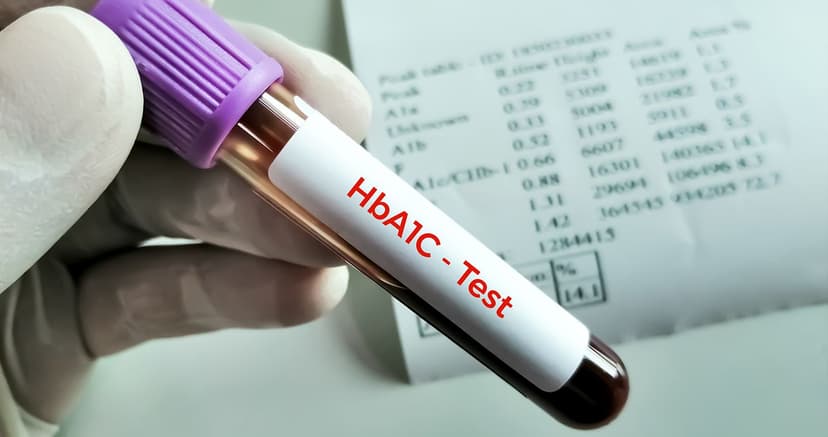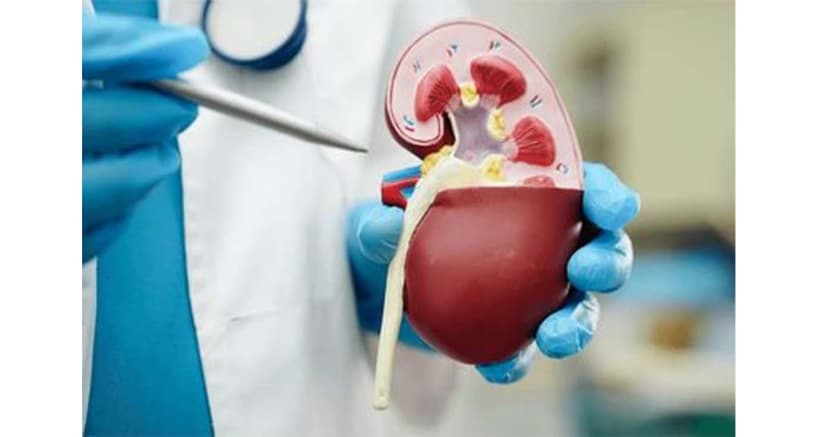Understanding the Link Between HPV and Cervical Cancer
By:

Apex Hospitals
15-08-2024

Cervical cancer remains a significant global health concern, with approximately 500,000 new cases diagnosed annually. India alone accounts for nearly 5% of these cases. The primary culprit behind this deadly disease is the human papillomavirus (HPV), which is responsible for the majority of cervical cancer cases worldwide. Despite the alarming statistics, it's important to note that cervical cancer is one of the most preventable types of cancer. Through increased awareness, vaccination, and regular screening, the impact of HPV on global health can be significantly reduced, saving countless lives each year.
What is Human Papillomavirus (HPV)?
Human papillomavirus (HPV) is a group of over 200 related viruses, some of which are transmitted through vaginal, anal, or oral sex. These sexually transmitted HPV types are categorized into two main groups: low-risk and high-risk. High-risk HPV types are particularly concerning as they can lead to various forms of cancer. Among the 12 high-risk HPV types, HPV 16 and HPV 18 are the most dangerous and responsible for the majority of HPV-related cancers.
While low-risk HPV types rarely lead to cancer, they can still cause health issues such as genital warts and, in some cases, respiratory papillomatosis, a condition where warts develop in the larynx or respiratory tract, potentially leading to breathing difficulties. HPV is primarily spread through skin-to-skin contact and penetrative intercourse (vaginal, anal, or oral). Even without visible signs or symptoms, an infected person can transmit the virus to others.
Globally, HPV is one of the most common sexually transmitted infections (STIs), with nearly 80% of people contracting at least one HPV infection by the age of 45. In most cases, the body's immune system clears the virus naturally. However, in some individuals, HPV can persist and cause cancers such as cervical cancer. When the immune system fails to eliminate HPV, the virus can infect the skin cells of the cervix, leading to abnormal changes known as cervical dysplasia. These changes are detectable through a smear test, where cells are scraped from the cervix and examined for abnormalities.
What is cervical cancer?
Cervical cancer is a type of cancer that occurs in the cells of the cervix, which is the lower part of the uterus that connects to the vagina. It is primarily caused by persistent infection with high-risk types of human papillomavirus (HPV). The cancer develops slowly over time, starting with precancerous changes in the cervical cells, a condition known as cervical dysplasia. If left untreated, these abnormal cells can become cancerous and spread to other body parts. Regular screening through Pap smears and HPV tests can detect these changes early, making cervical cancer one of the most preventable and treatable cancers when caught in its early stages.
How does HPV cause cervical cancer?
Cancer begins when healthy cells start functioning abnormally. Typically, human cells undergo apoptosis, self-destructing as part of regular cell turnover, development, and immune function. This process ensures that the immune system clears away damaged or unnecessary cells. However, for a cell to become cancerous, it must bypass these self-destruct signals, essentially becoming "immortal" and continuously replicating. HPV contributes to this by integrating its genetic material into the DNA of cervical cells, disrupting their normal function. This disruption can lead to genetic mutations, which may eventually result in cancer.
Signs and symptoms of cervical cancer
Cervical cancer typically does not present noticeable signs and symptoms until it has progressed to a more advanced stage. Some common signs and symptoms include:
1. Abnormal Vaginal Bleeding: This can occur between periods, after intercourse, or after menopause.
2. Unusual Vaginal Discharge: The discharge may be watery, thick, or tinged with blood and have a foul odour.
3. Pelvic Pain: Persistent pain in the pelvis unrelated to the menstrual cycle.
4. Pain During Intercourse: Discomfort or pain during sexual activity can be a symptom.
5. Frequent Urination: If the cancer has spread to nearby tissues, a sensation of urgency to urinate may occur.
6. Leg Pain or Swelling: Advanced cervical cancer may press on nerves or blood vessels, causing pain or swelling in the legs.
7. Fatigue: Persistent tiredness that doesn’t go away with rest.
HPV Vaccination
The HPV vaccine is a preventative measure designed to protect against infections caused by the human papillomavirus (HPV), which is a leading cause of cervical cancer and other HPV-related cancers. The vaccine works by stimulating the immune system to produce antibodies that can neutralize the virus if exposed in the future.
Several types of HPV vaccines are available, and they are most effective when administered before an individual becomes sexually active. The vaccine is typically recommended for preteens (boys and girls) around 11 or 12, but it can be given as early as age nine and up to age 26 for those who did not receive it at the recommended age. Vaccination may sometimes be advised for adults up to age 45.
By preventing the most common high-risk strains of HPV, the vaccine significantly reduces the risk of developing cervical cancer, as well as other cancers such as those of the throat, anus, and genitals. It also helps prevent the development of genital warts. Despite the availability of the vaccine, regular screening through Pap smears and HPV tests remains essential for early detection and prevention of cervical cancer.
The oncologists at Apex Hospitals deliver outstanding care for women diagnosed with cervical cancer. If you are facing a cervical cancer diagnosis, we are committed to offering you a personalized treatment plan tailored to your specific needs.
FAQS
Related Articles
Connect With Us
Health In A Snap, Just One App.
KNOW MORE






























































































































































